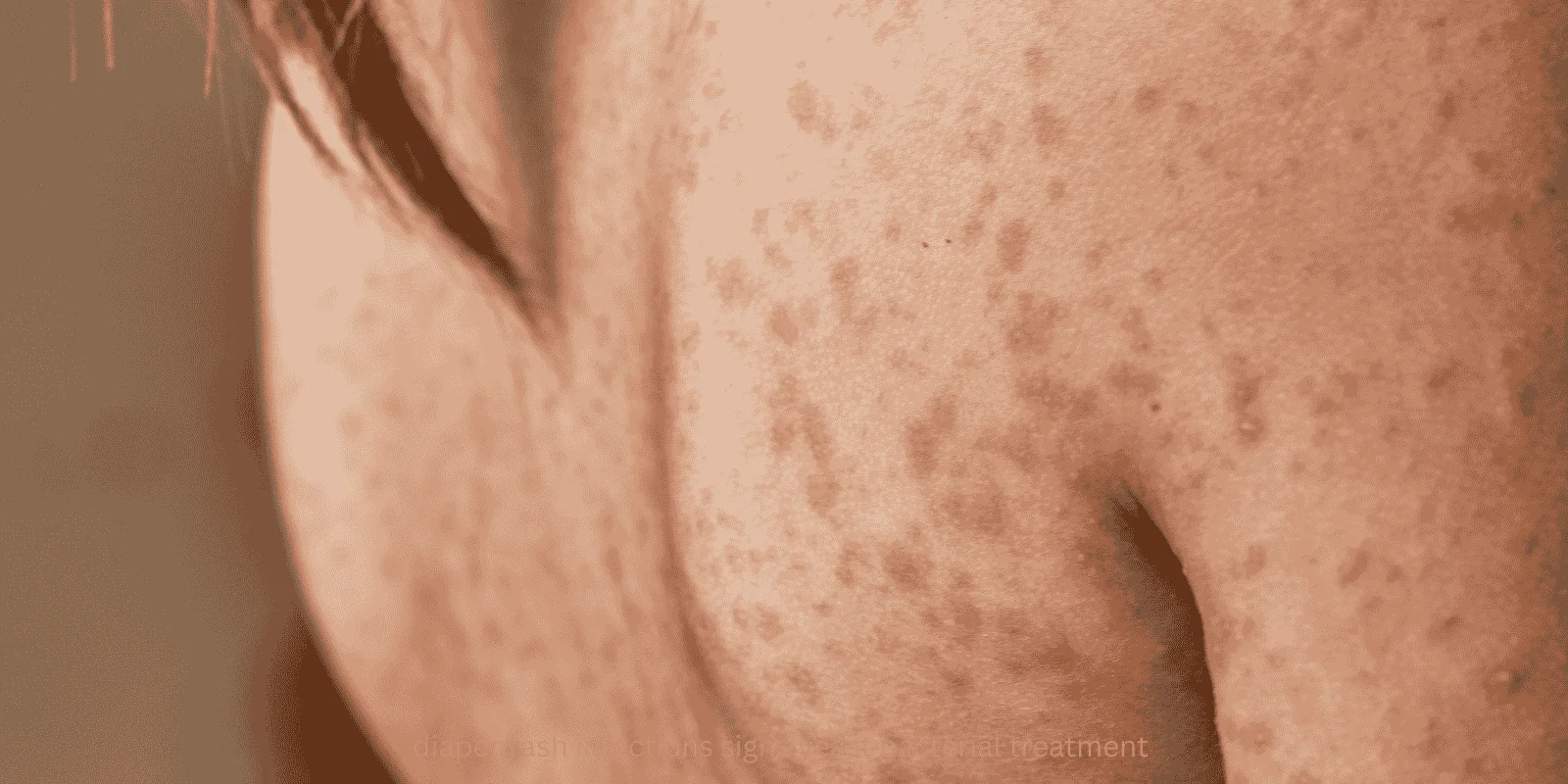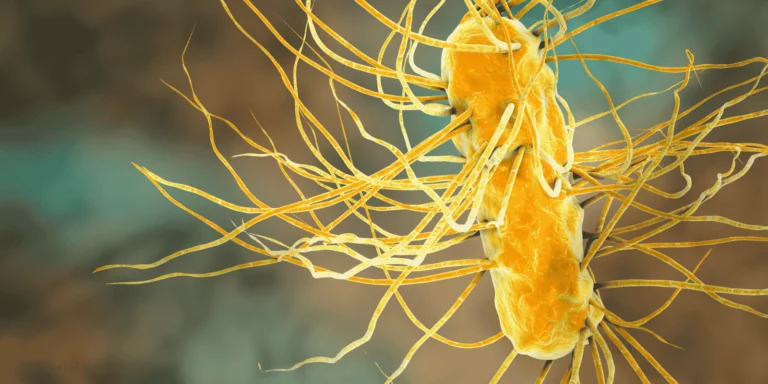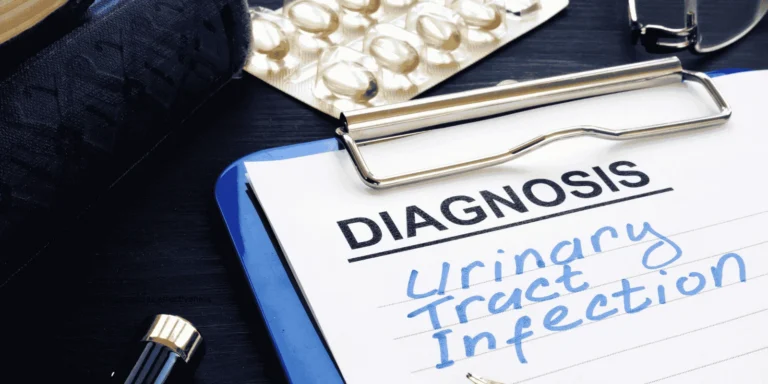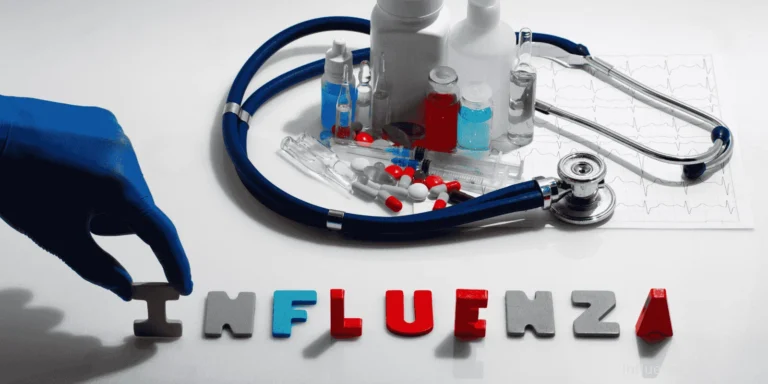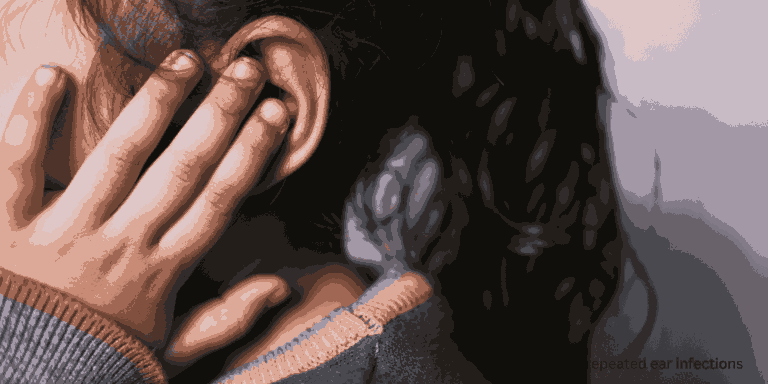“The diaper rash cream isn’t working, and now there are little bumps around the edges,” a worried mother told me about her 8-month-old. “Is this still just diaper rash?”
Simple diaper irritation and actual infections look similar initially, but knowing the differences helps parents recognize when basic rash treatments aren’t enough and medical attention is needed.
Basic Diaper Rash Characteristics
Contact irritation creates red, inflamed skin where diapers rub or where urine and stool cause chemical burns.
Flat, red areas without raised bumps or distinct borders characterize simple irritation.
Gradual onset over days as irritation builds up from repeated exposure to moisture and waste.
Response to barrier creams and increased diaper changes typically shows improvement within 2-3 days.
When Yeast Infection Develops
Satellite lesions appear as small red bumps or pustules around the main rash area — this is the classic sign of yeast overgrowth.
Bright red color that’s more intense than typical irritation, often described as “beefy red.”
Distinct borders where the infection stops abruptly rather than fading gradually like irritation.
Skin folds involved — yeast loves warm, moist areas and often affects creases that regular diaper rash spares.
Bacterial Infection Warning Signs
Pus formation or yellow/green discharge from the rash area indicates bacterial overgrowth.
Sweet or foul odor that’s different from normal diaper odors suggests bacterial infection.
Spreading beyond diaper area to the belly, back, or thighs indicates more serious infection.
Fever along with worsening diaper rash suggests systemic involvement requiring immediate attention.
Candida (Yeast) vs. Bacterial Infections
Yeast infections typically have the satellite bump pattern and bright red coloration but usually don’t smell bad.
Bacterial infections often produce discharge, strong odors, and may cause more pain when touched.
Mixed infections can occur when both yeast and bacteria overgrow simultaneously.
Risk Factors for Infection
Antibiotic use in babies or breastfeeding mothers disrupts normal bacterial balance, promoting yeast overgrowth.
Persistent moisture from infrequent diaper changes or loose stools creates ideal conditions for microbial growth.
Compromised skin from severe initial irritation provides entry points for bacteria.
Recent illness that weakens the baby’s immune system increases infection susceptibility.
Duration and Treatment Response
Simple irritation should improve within 3-4 days of increased diaper changes and barrier cream use.
Infected rashes often worsen despite standard diaper rash treatments and may spread to new areas.
Antifungal medications are needed for yeast infections — regular diaper rash creams containing only zinc oxide won’t clear fungal overgrowth.
Associated Symptoms
Increased fussiness during diaper changes suggests the rash has become more painful, possibly indicating infection.
Sleep disruption may occur if infected rashes cause significant discomfort.
Feeding changes sometimes accompany diaper area infections, especially if babies also develop oral thrush.
When to Contact Healthcare Providers
Satellite lesions around the main rash area require antifungal treatment that needs prescription in many cases.
No improvement after 4-5 days of diligent diaper care and over-the-counter treatments.
Spreading rash that extends beyond the diaper area or affects skin folds.
Systemic symptoms like fever, decreased eating, or unusual lethargy.
Treatment Differences
Simple irritation responds to frequent diaper changes, gentle cleaning, air drying, and barrier creams with zinc oxide.
Yeast infections require antifungal creams or ointments containing ingredients like nystatin or miconazole.
Bacterial infections may need prescription antibiotic ointments or oral antibiotics for severe cases.
Combination therapy sometimes addresses mixed infections with both antifungal and antibacterial treatments.
Prevention Strategies
Frequent diaper changes prevent prolonged exposure to moisture and waste that promotes infection.
Gentle cleaning with soft wipes or plain water avoids further skin irritation that creates infection entry points.
Proper drying allows skin to heal between diaper changes and reduces moisture that feeds harmful organisms.
Probiotic consideration during or after antibiotic treatment may help restore normal bacterial balance.
Recovery Expectations
Simple irritation typically clears within a week with appropriate care.
Yeast infections usually improve within 3-5 days of starting antifungal treatment but may take 1-2 weeks to completely resolve.
Bacterial infections often respond quickly to appropriate antibiotics, with improvement visible within 24-48 hours.
Recurrence prevention focuses on maintaining good diaper hygiene and recognizing early signs of progression from irritation to infection.
The key is recognizing when diaper rash has progressed beyond simple irritation to actual infection, requiring specific antimicrobial treatments rather than just barrier protection.

